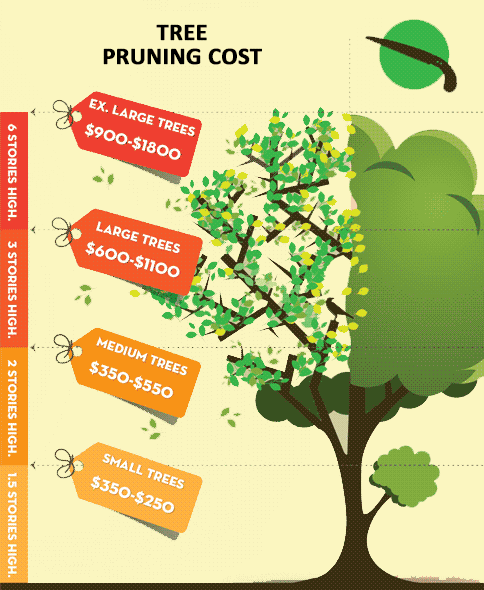Indications It's Time To Eliminate A Tree - A Homeowner'S Overview
Indications It's Time To Eliminate A Tree - A Homeowner'S Overview
Blog Article
Article Created By-Siegel Long
Trees include elegance and value to residential property, but they can additionally pose a threat during extreme weather events. If a tree has actually quit expanding, is showing noticeable fungal development, or has a leaning trunk, it must be removed by a specialist to avoid residential property damages and injury.
To learn more, attend a home owner resource fair co-hosted by HPD, the Facility for New York City Neighborhoods, and Brooklyn-based housing partners this night in Bedford-Stuyvesant. The occasion will certainly include the House owner Manual, a brand-new overview to help property owners navigate the obligations of having a home.
1. arboriculture or Dying Branches
Trees are an indispensable part of your home's landscape, offering color and appeal. They also provide sanctuary for wildlife and produce oxygen, but even healthy trees can experience illness that may require their elimination. Dead or passing away trees aren't just undesirable, they can be dangerous. Their branches can drop throughout a tornado, leading to expensive residential or commercial property damage and injuries.
When a tree's branches start to pass away, it suggests that its structure is starting to break down. If the majority of its branches are dead, it is likely time to remove it.
Seek an absence of brand-new growth, bark peeling, open injuries or tooth cavities, fungis expanding on the trunk or roots and a basic appearance of degeneration in the whole cover. These indicators of infection can indicate a severe issue that will certainly call for professional tree solutions to solve.
2. Leaning Trunk
While it's regular for trees to lean every so often because of phototropism, if a tree has a harmful or severe lean that's not as a result of natural processes - maybe an indicator that the tree needs to be gotten rid of. If the tree is favoring a high-voltage line, home, car, play structure or any other area that could be dangerous to people if it falls, then contacting a professional tree service for removal ought to be a top priority.
It's additionally crucial to look for any type of sudden changes in a tree's leaning as it can show damage to the roots or trunk that may result in falling. This is especially true throughout stormy weather, since high winds and rain-soaked dirt can create a lean to change quickly. Regular monitoring, particularly during and after storms can aid homeowners recognize possible problems with their trees so they can call an arborist for a thorough evaluation.
3. Parasite Problem
Some pest invasions, such as wood-boring pests like emerald ash borer or sap-suckers like range pests, are so severe that they can cause a tree to pass away. The most effective means to avoid pest infestation is to check your trees on a regular basis. Look for insurance for tree service , openings, or discolorations in the leaves and bark. Examine the trunk for splits and indications of insect damages, such as tunnels or tracks.
If a tree comes to be too plagued with pests, or is close to a home or high-voltage line, an arborist may advise removal. If https://johnathanwqlez.dm-blog.com/29426179/making-certain-the-security-of-your-possessions-by-getting-rid-of-trees leaning tree creates a brand-new, unstable lean, an arborist will likely advise removal too to ensure the security of people and residential property. If a damaged or dead tree consistently loses too much branches, it is an indication that it is time to get rid of the tree. If a tree continues to lose branches for an extended time period, it can result in architectural problems and potential property damage.
4. Harmed Trunk
Trees are a stunning and important part of our landscape, however they do require normal care to keep them healthy and balanced and safe. If arborist exam is harmed irreparable it is most likely time for it ahead down.
Search for signs of damages to the trunk, consisting of upright fractures, seams, dead branch stubs, visible injuries or open cavities and severe tree-rot. The visibility of fungi at the base of the trunk is an additional advising indicator. Fungis might indicate that the phloem and xylem (life-support cells) are endangered, permitting the spread of condition or a future failing.
Likewise, think about whether the tree has stopped growing. Healthy and balanced trees will have brand-new growth yearly, which may show up as buds or branches growing and expanding. If you do not see any kind of new development, it's a good idea to have an arborist review the tree and follow their suggestion for removal. A dying or harmed tree can drop and create residential property damage.